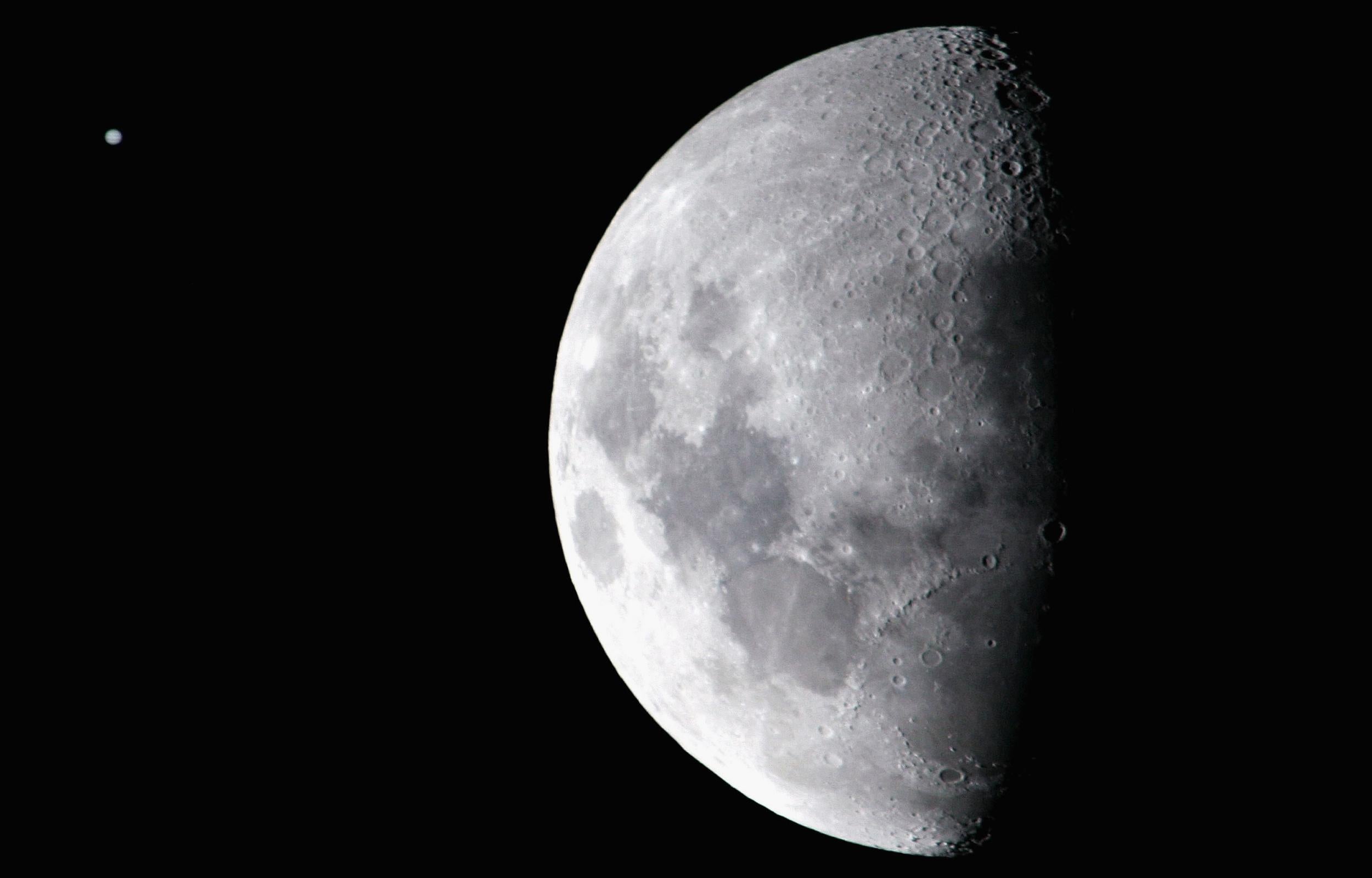Jupiter and the Moon made a very close pass in the early morning night sky
The rare alignment showed Jupiter and the Moon unusually close together

Your support helps us to tell the story
From reproductive rights to climate change to Big Tech, The Independent is on the ground when the story is developing. Whether it's investigating the financials of Elon Musk's pro-Trump PAC or producing our latest documentary, 'The A Word', which shines a light on the American women fighting for reproductive rights, we know how important it is to parse out the facts from the messaging.
At such a critical moment in US history, we need reporters on the ground. Your donation allows us to keep sending journalists to speak to both sides of the story.
The Independent is trusted by Americans across the entire political spectrum. And unlike many other quality news outlets, we choose not to lock Americans out of our reporting and analysis with paywalls. We believe quality journalism should be available to everyone, paid for by those who can afford it.
Your support makes all the difference.Stargazers who managed to wake up very early on Friday morning were treated to a rare and stunning view, as Jupiter and the Moon made a close pass of each other in the night sky.
As the planets aligned, it was easy to spot the waning Moon just 2.5 degrees below Jupiter, the largest planet in our solar system.
The event could be readily spotted with the naked eye or a pair of binoculars, but those with access to a telescope got a better view - with some managing to get a glimpse of Jupiter's Great Red Spot, a giant storm on the planet's southern hemisphere that has lasted for almost 200 years.
Obviously, the two planets weren't that close - Jupiter is actually around 510 million miles away from the Moon. If you were travelling on the Space Shuttle (now sadly out of service), it would take you more than three years to get between the two planets if you travelled at the Shuttle's top speed.
Those with telescopes and more powerful binoculars were also able to get a glance of Jupiter's four Galilean moons - Io, Europa, Ganymede and Callisto.
Such a close pass between the two celestial bodies is fairly rare, so if you didn't get up in the middle of the night to take a look, you might not have another chance very soon.
Join our commenting forum
Join thought-provoking conversations, follow other Independent readers and see their replies
Comments